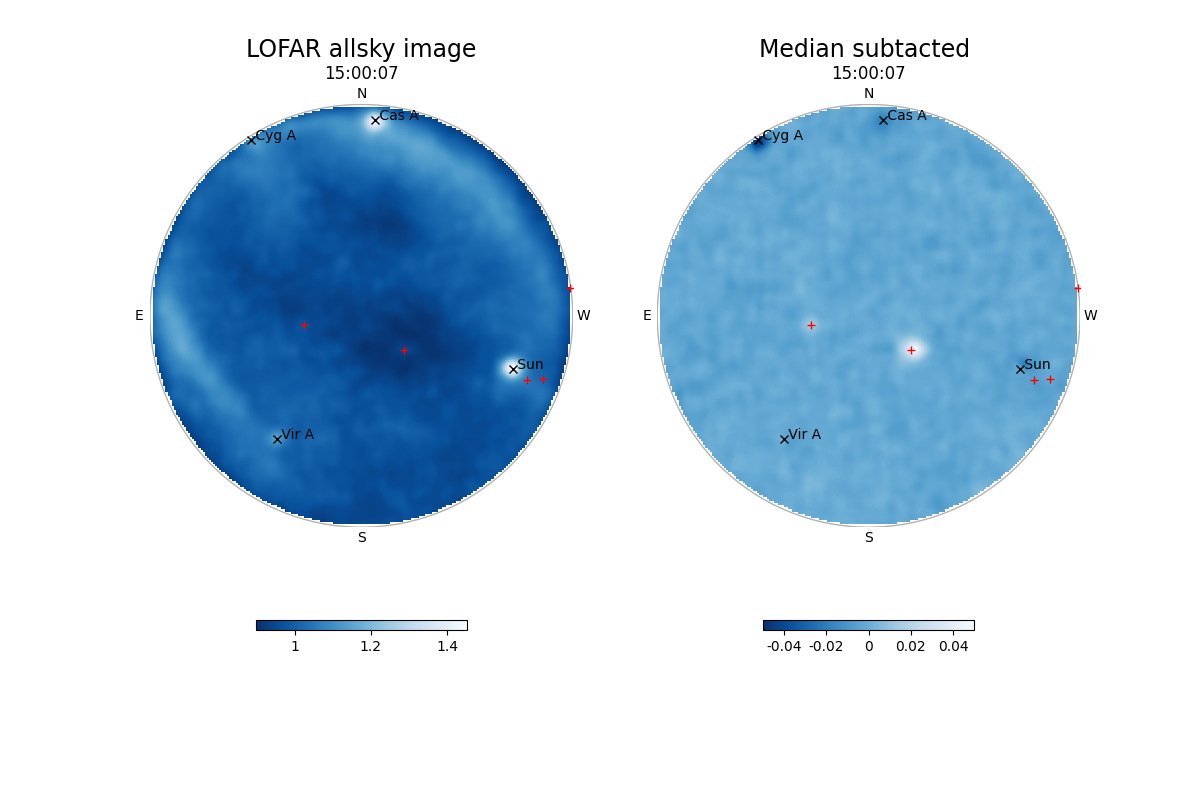Observations with the LOFAR (Low Frequency Array) radio telescope last year showed that first generation Starlink satellites emit unintended radio waves that can hinder astronomical observations. New observations with the LOFAR radio telescope, the biggest radio telescope on Earth observing at low frequencies, have shown that the second generation ’V2-mini’ Starlink satellites emit up to 32 times brighter unintended radio waves than satellites from the previous generation, potentially blinding radio telescopes and crippling vital research of the Universe.



Any chance the Starlink satellites could be built to double as a sort of large-array telescope themselves, to compensate for the ground-based interference?
What’s more likely to happen is Starship’s will be launched where the entire ship becomes the telescope, and then we’ll have arrays of these much further away.
Not sure if it’s the same for radio, but for optical that means we can get a 9 meter mirror up there without any expensive folding mechanism, and who knows how big if we fold them as the fairing is not only wider but also longer.
Cost would go from billions to hundreds of millions or less. James Webb cost 10b.
The James Webb folding mirror is 6.5m and was folded into a 4.5m fairing…